LIGHT FOR LEARNING
Despite the incredible wealth of PNG in terms of its natural resources, 40% of PNG’s population is living below the poverty line, with more than 80% of the entire population living without access to electricity; crucial for human well-being and socioeconomic development. The use of traditional solid fuels for light and cooking is prevalent, impacting health and educational outcomes, as well as overall quality of life. However, solar lighting and energy technology present a significant opportunity to provide clean, sustainable and affordable lighting solutions to off-grid communities in PNG.
Only seven per cent of the Western and Oro populations, where KTF operate education programs, have access to the electricity grid and a reticulated water system. Although PNG has expansion plans for the electricity network, there is little likelihood of these remote communities having access to the grid in the foreseeable future.
Powering study for brighter futures
KTF’s Light for Learning project aims to improve lives, livelihoods and futures by providing students and communities in remote Oro and Western provinces with a reliable source of clean solar lighting and power. So far, two rounds of solar installations have been completed in Oro and Western provinces from 2021-2023.
IMPACT TO DATE:
17,229 household units installed
461 facility units installed
Lighting up 190 villages
1030 solar champions trained
This means a staggering number of 86,000+ lives have been transformed and now have access to sustainable, cheap, safe solar energy and lighting systems lighting up their lives.
Households receive a home solar unit which has three lights and USB charging capability for phones, radios and other small devices. Community facilities receive a larger unit capable of lighting and powering a television, which will be provided with USBs loaded with information for learning, highly beneficial for school lessons and community awareness, including COVID-19 information.
Being connected to a reliable source of clean lighting and energy is known to be a catalyst for progress within rural and remote communities and helps reach development goals; it does this by enabling students to study after dark, people (especially women and girls) to feel safer in their homes and villages after dark, and adults to conduct business, social or professional activities.
Phase Three:
Beginning in 2024, Phase 3 of KTF’s solar initiative is well underway. Through the installation of safe, sustainable and reliable solar light and energy systems, we are lighting up homes, communities and streets in remote communities across three provinces. In our largest solar initiative to date, we will be installing over 31,000 solar systems, enabling children to study after dark, parents to extend their work hours, healthcare workers to provide better care, communities to gather more comfortably, and women and girls to feel safer at night.
Light for Learning Morobe
Solar training with the local installation team has been completed and the installations are well underway in Salamaua.
In Salamaua, 8,700+ households, streetlights and community solar systems will be installed across 18 villages and 144 Solar Champions will be trained.
Distribution & Installation of Solar Systems and Street Lights in Rai Coast
Solar training with the local installation team has been completed and installations have just begun.
In Madang province, a total of 12,800+ solar light and energy systems will be installed in communities, including 12,100 households, 22 community buildings and an additional 770+ streetlights.
Distribution & Installation of Solar Systems and Street Lights in Namatanai District
Scoping is well underway for the installation of solar light and energy systems in Namatanai, with installation team training and solar installations due to begin in November.
In New Ireland province, over 9600+ lights will be installed in households, and community buildings and streets - lighting up remote communities.
Proven results
A recent external evaluation completed by Equity Economics on the Light for Learning project has highlighted the impact that this project has already had in improving lives, livelihoods and futures:
86% of households in Oro Province and 80% of households in Western Province report their children spending more time studying at night
The average time spent doing homework at night has increased from 8 minutes to 103.1 minutes after installations
Households report saving 31% of their income which is instead being spent on school fees or food
Households from both Oro and Western Provinces reported a reduction in soreness/irritation of eyes as well as improvement in respiratory health thanks to having access to a clean source of light and energy
Health workers noted that they were better able to assess, monitor and treat patients with better lighting and that community members have more confidence to access health services at night
64% of Oro respondents and 78% of Western respondents report that they received more income from their small businesses, with Western respondents reporting that their average weekly incomes have increased by more than 100%; other unintended economic benefits include the emergence of night markets in villages
Households reported that the brightness of the light increased their sense of safety. As a result, there was more socialising and walking around at night-time.
Solar Champions: Creating livelihoods
Excitingly, the project also creates small business opportunities for community members, by establishing groups of ‘Solar Champions’ in each village to support system installation. Key women and men from the community will be trained in solar installation and maintenance and business operation, with the support of project partner Solar Solutions PNG. This will enable Solar Champions to set up small businesses that help the community maintain and upgrade their systems, linked to larger repair hubs at Kokoda College and Balimo College.
Solar Champions will also conduct financial literacy training to support communities in household budgeting to help realise cost savings on kerosene and ensure system batteries can be replaced as necessary (three- to five-year life cycle).
Kokoda College: Solar Hub
In 2023, KTF announced the opening of the Solar Hub. Located on the Kokoda College campus, this hub offers an array of subsidised, high-quality sustainable solar products including lanterns, torches, wall lights and mosquito-killing lamps. The Solar Hub Manager is also available to organise system checks, ask for advice, or order any solar products such as replacement batteries. This one-stop-shop provides the essentials needed to keep any solar system or product running sustainably for years to come.

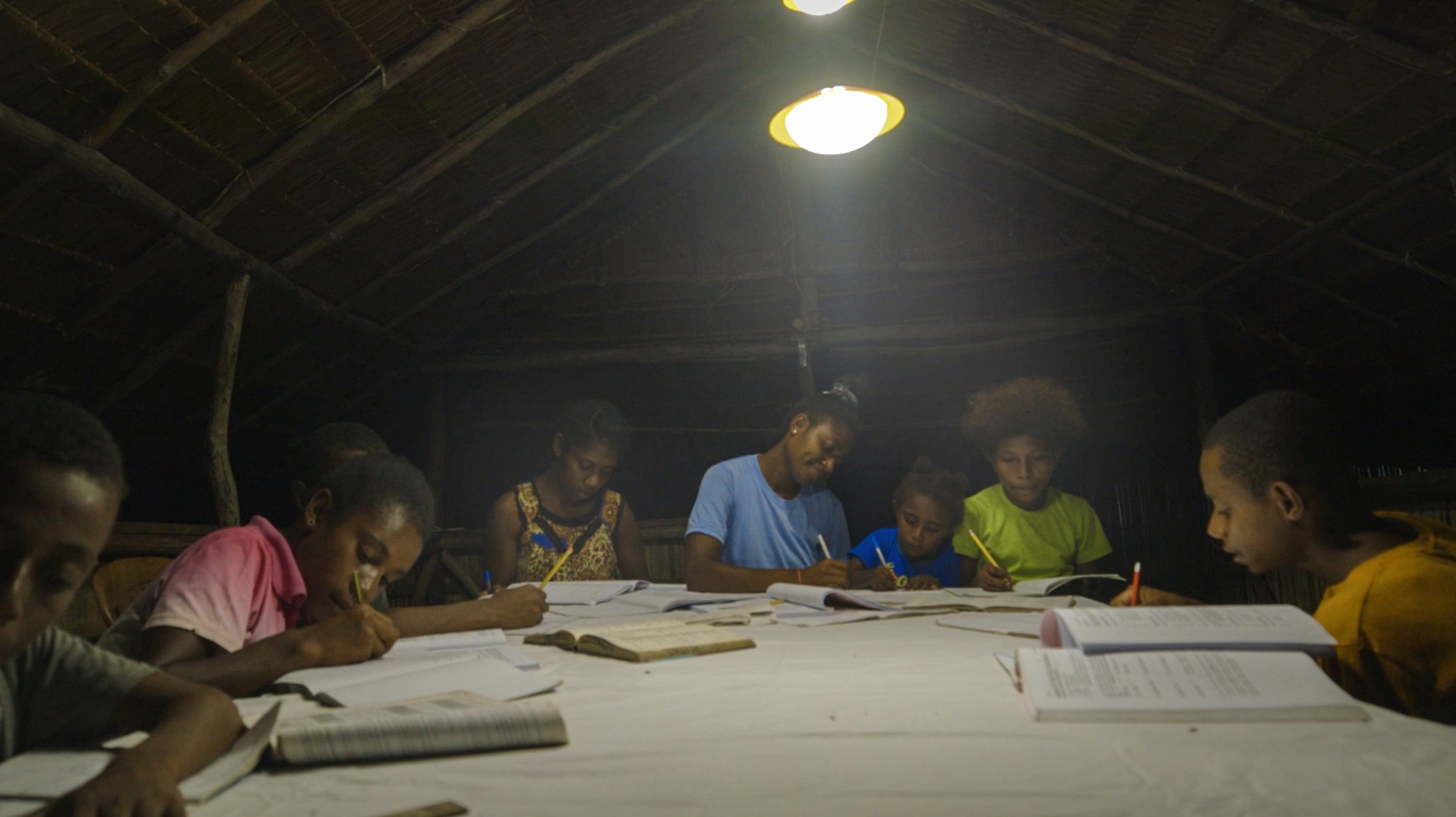
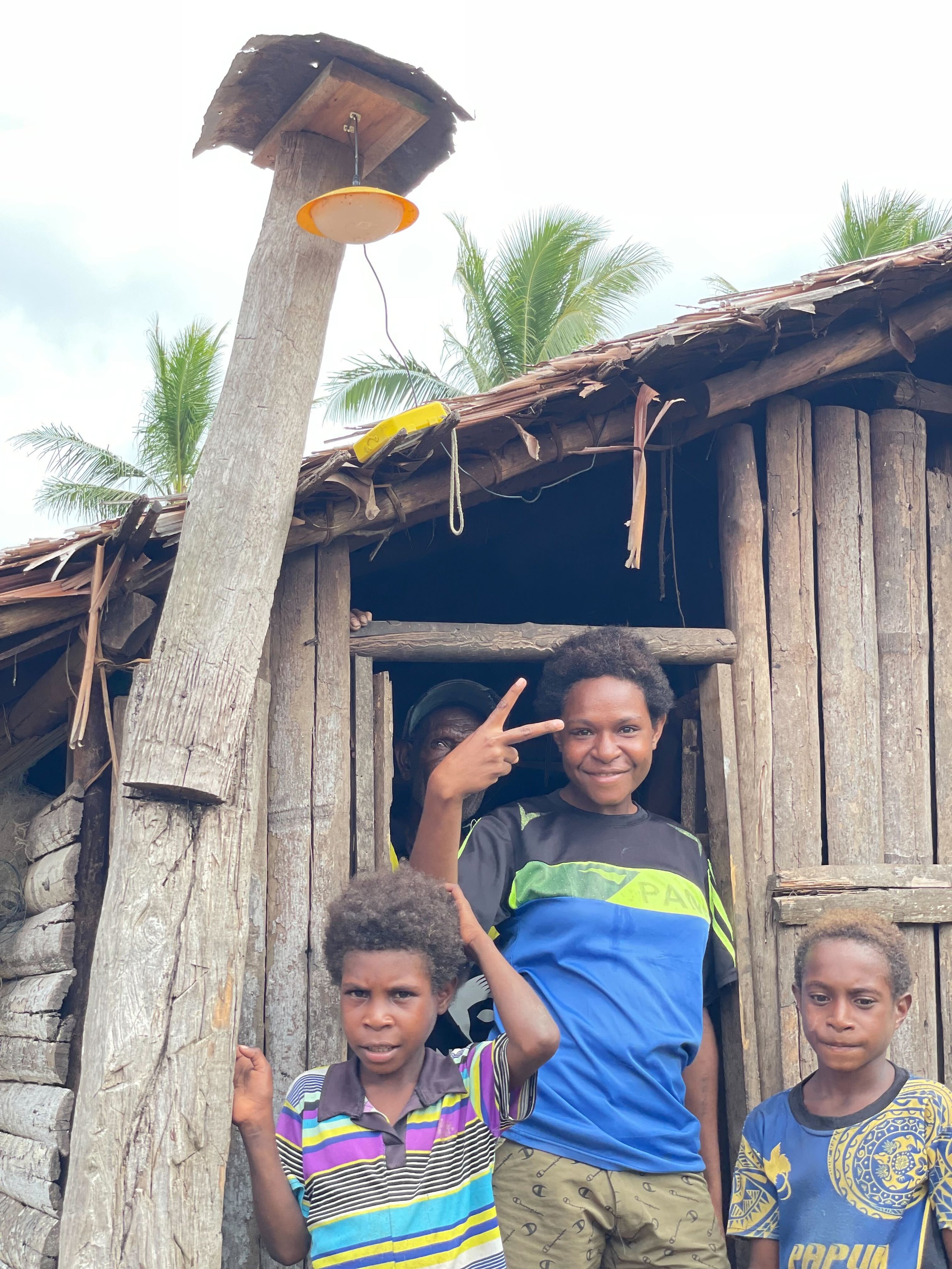
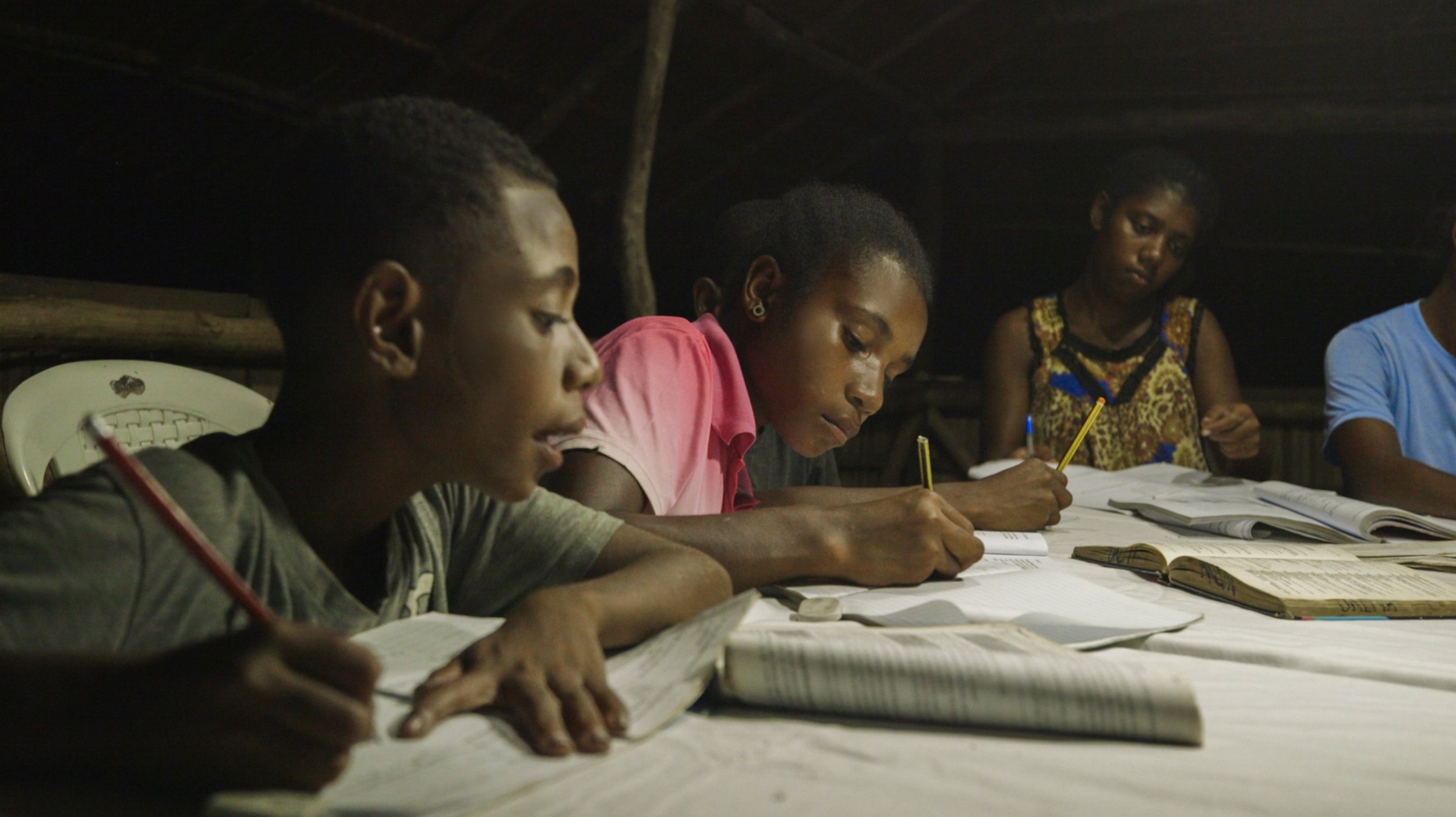
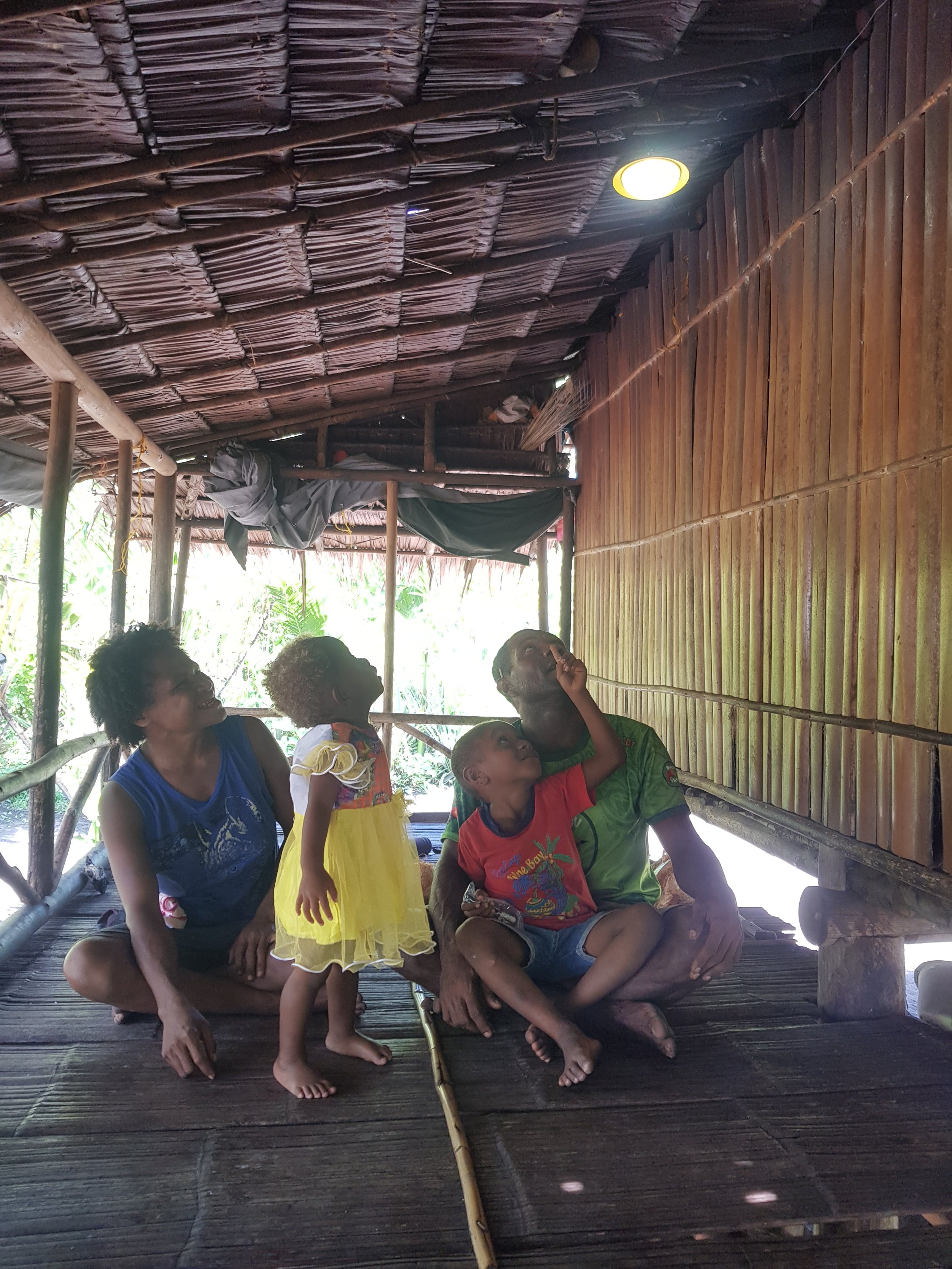
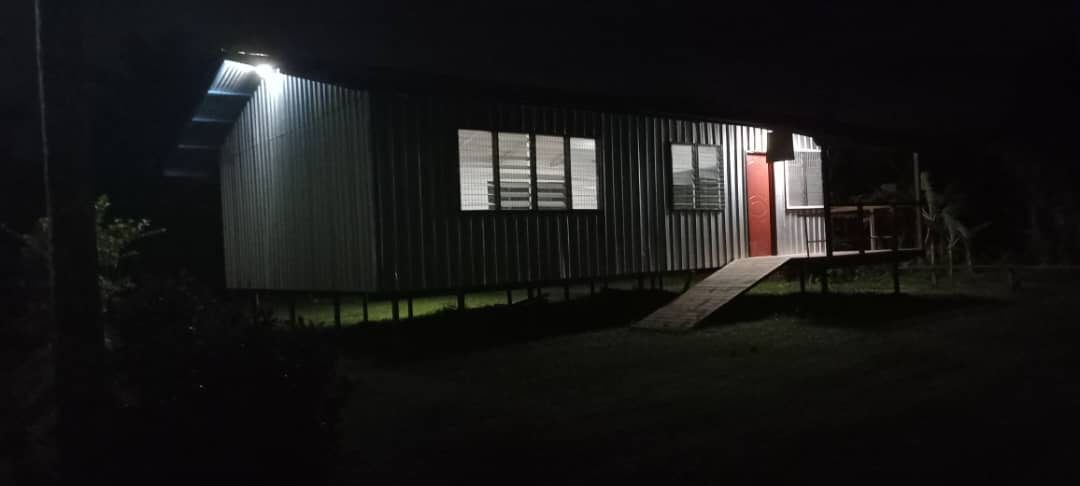
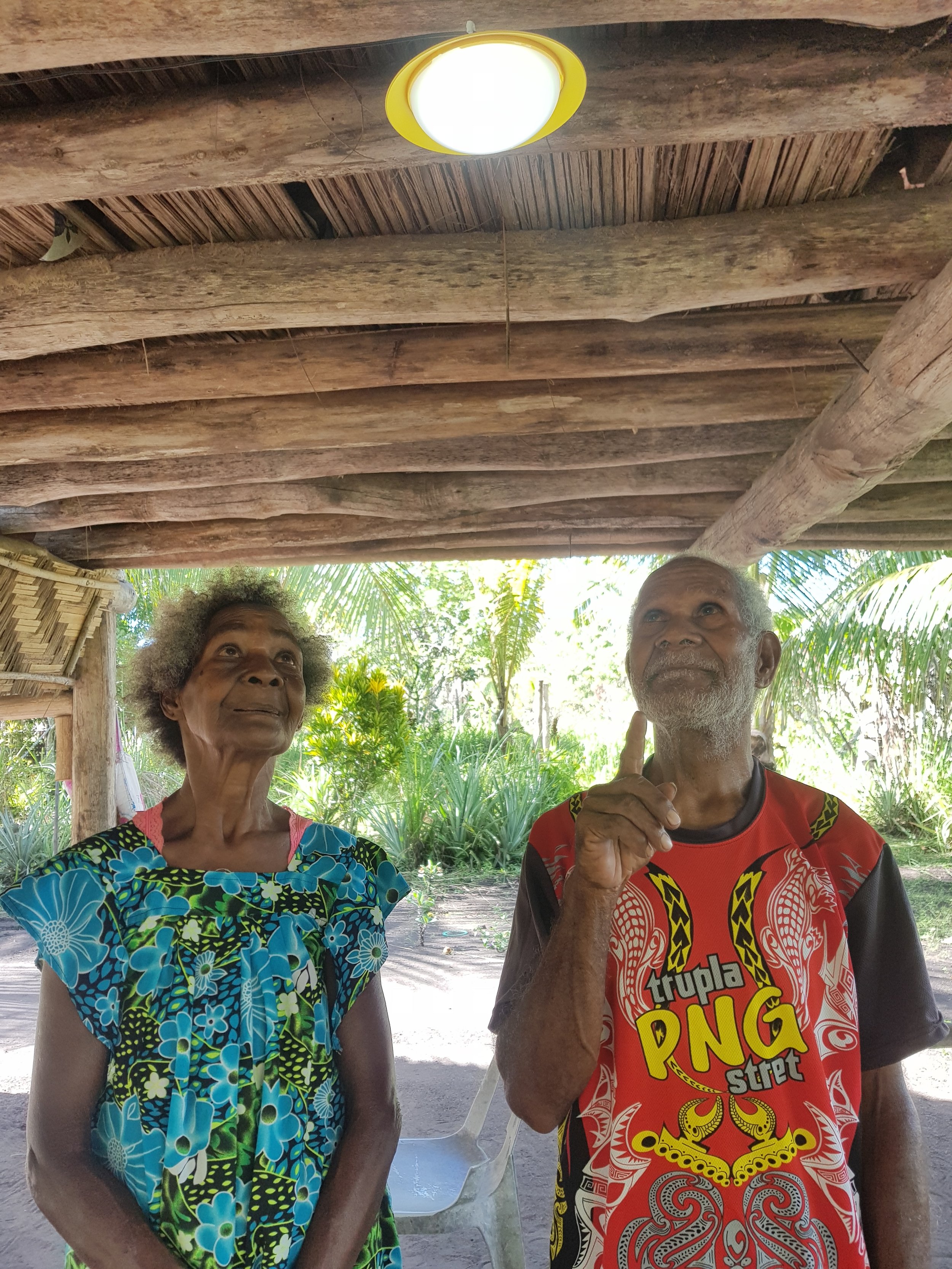
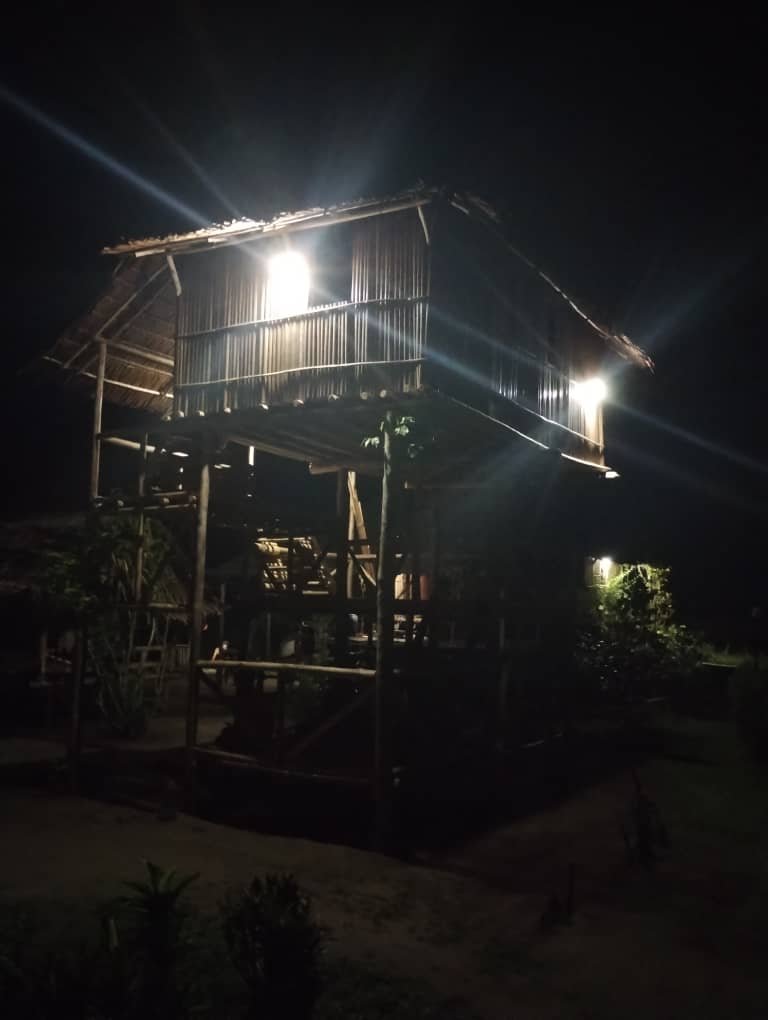
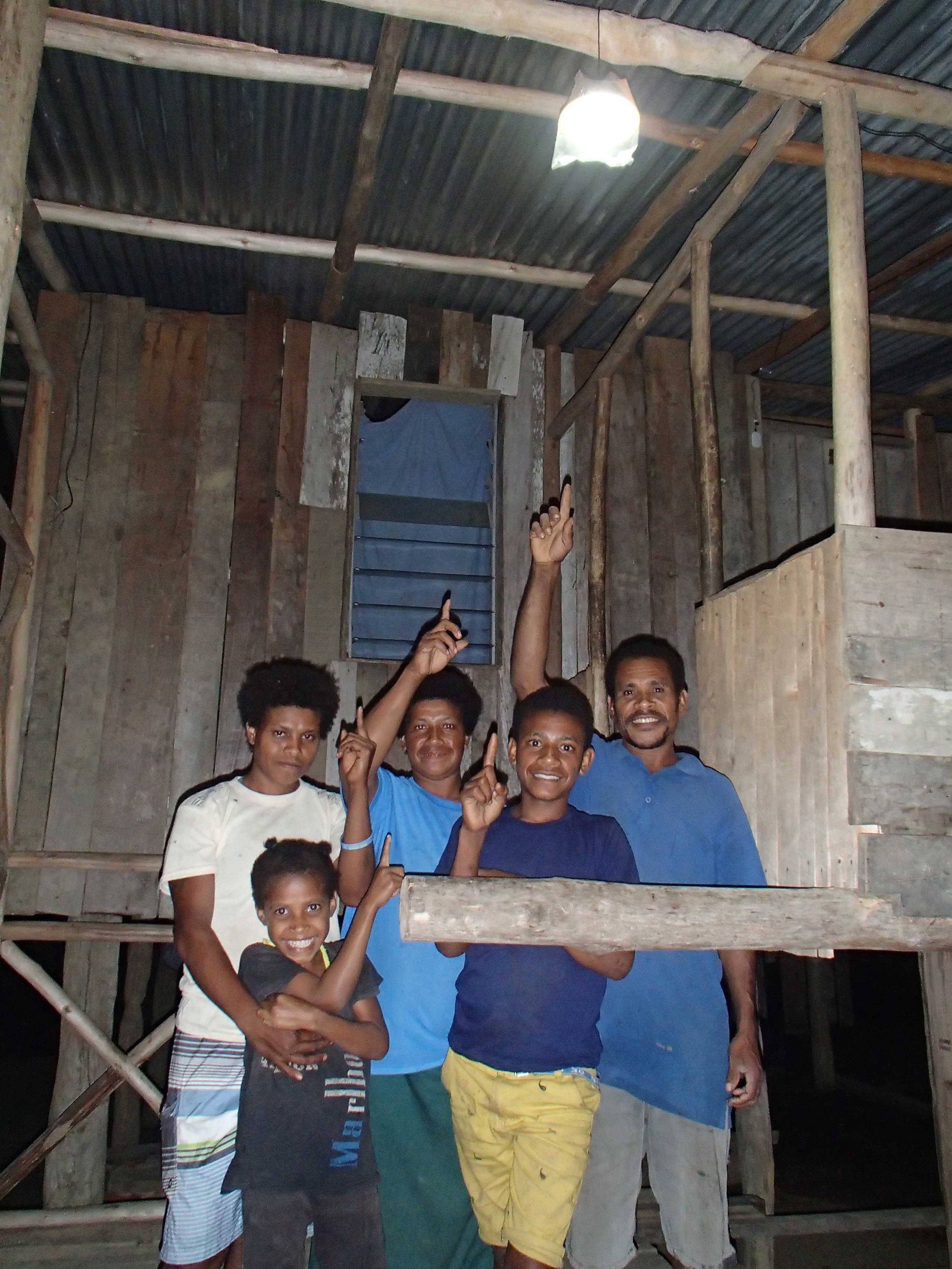
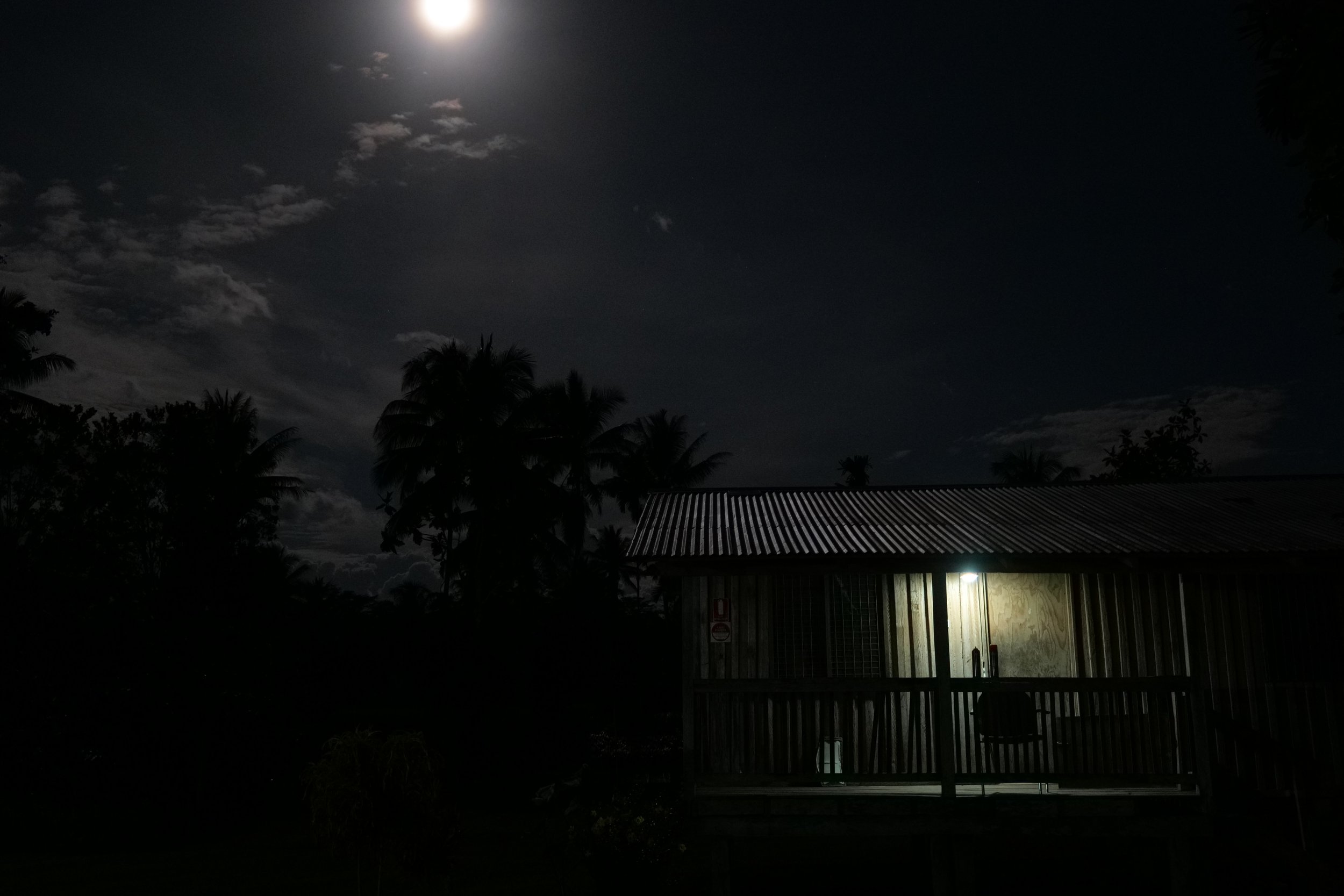
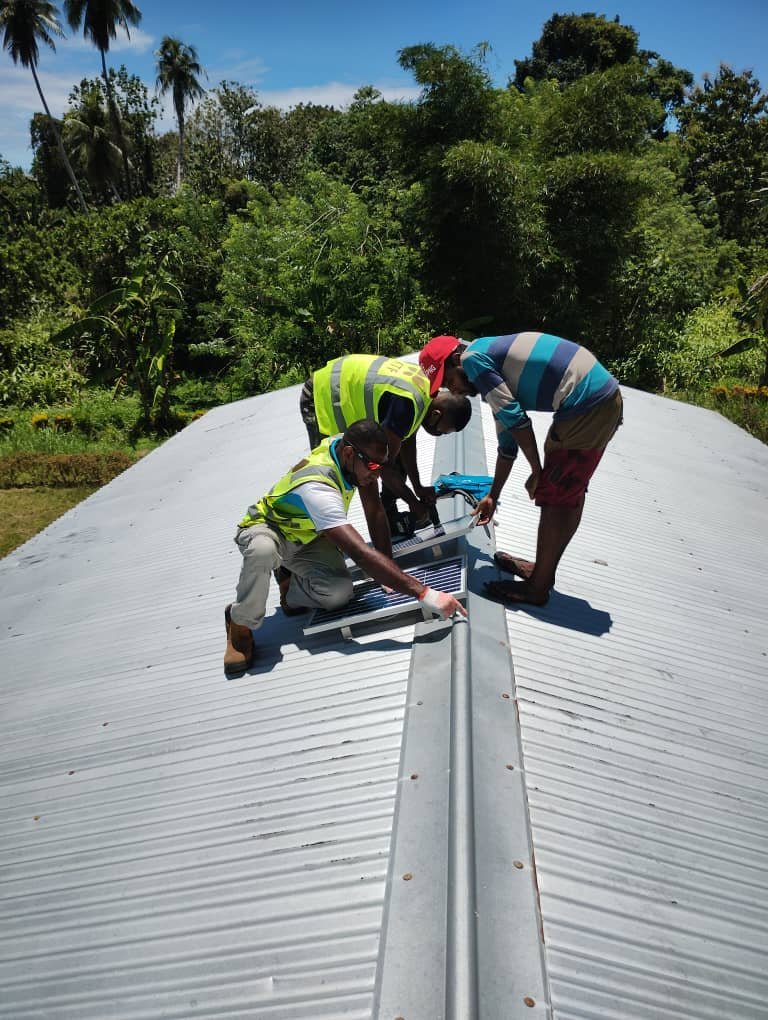
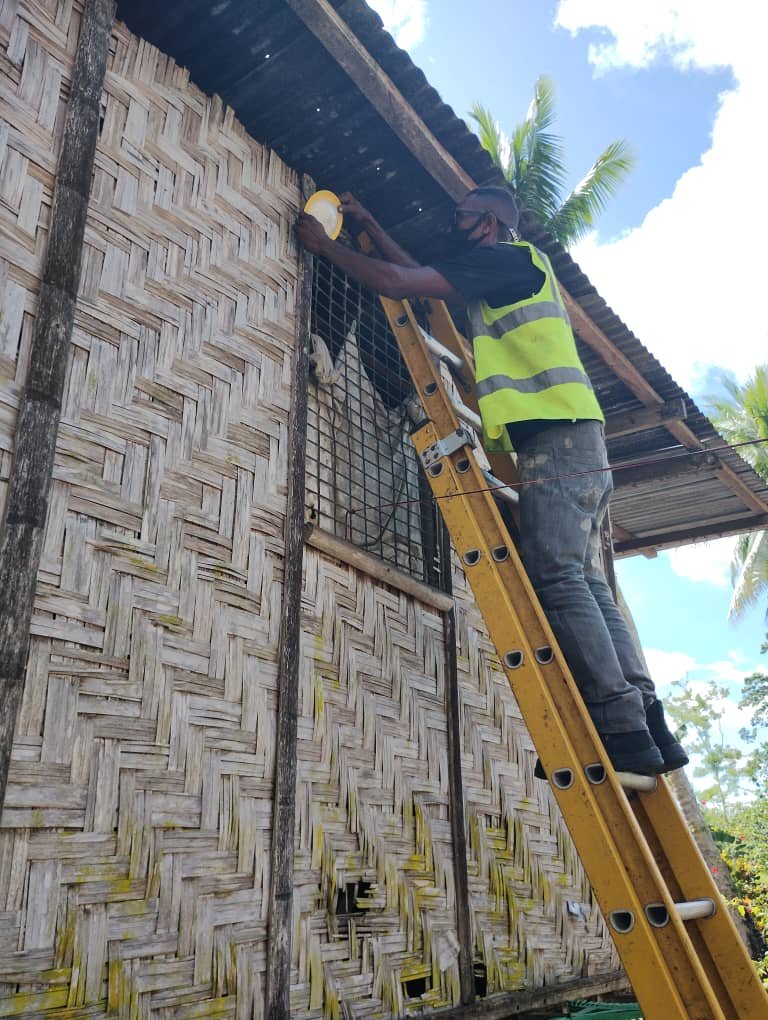
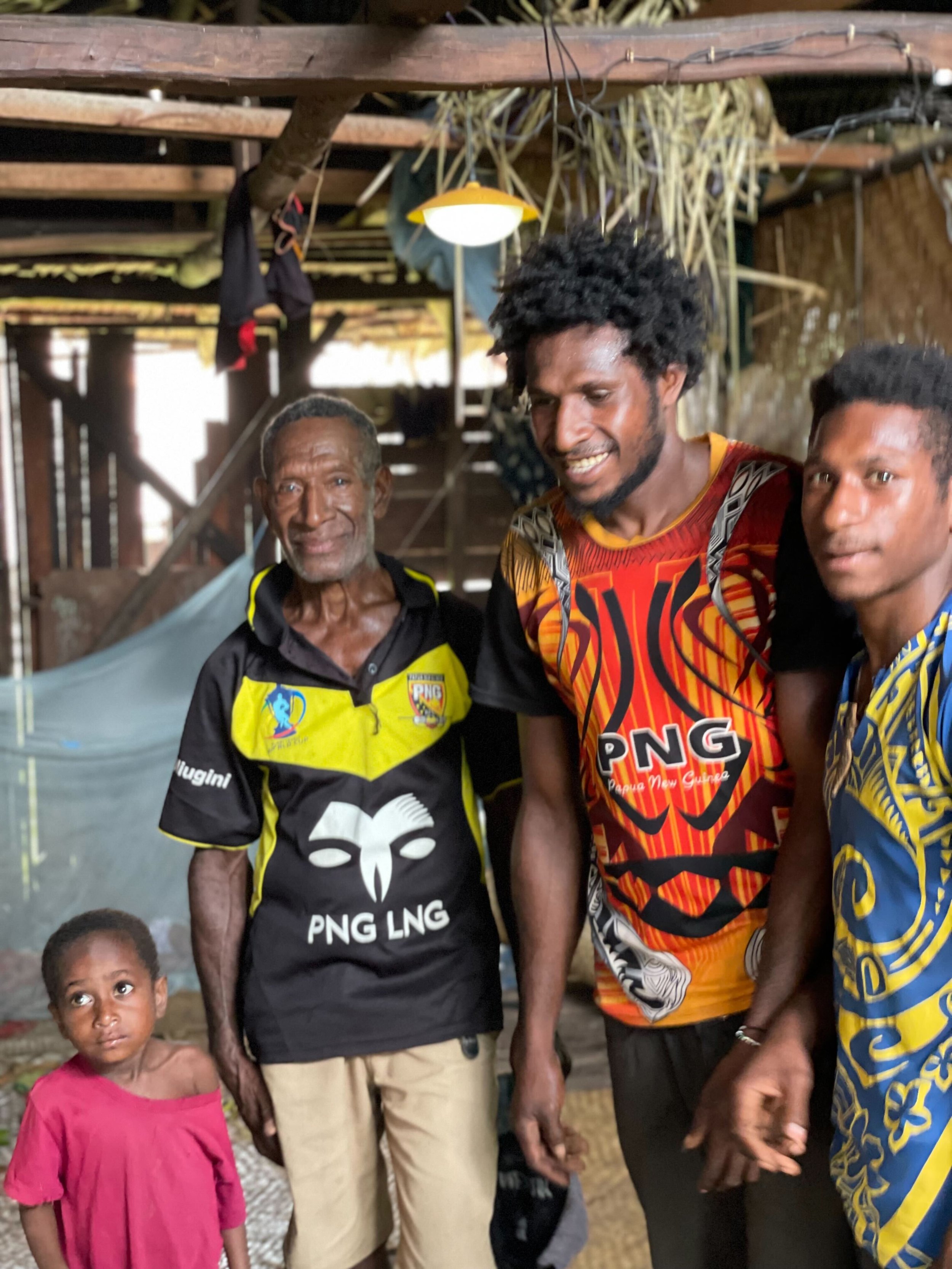
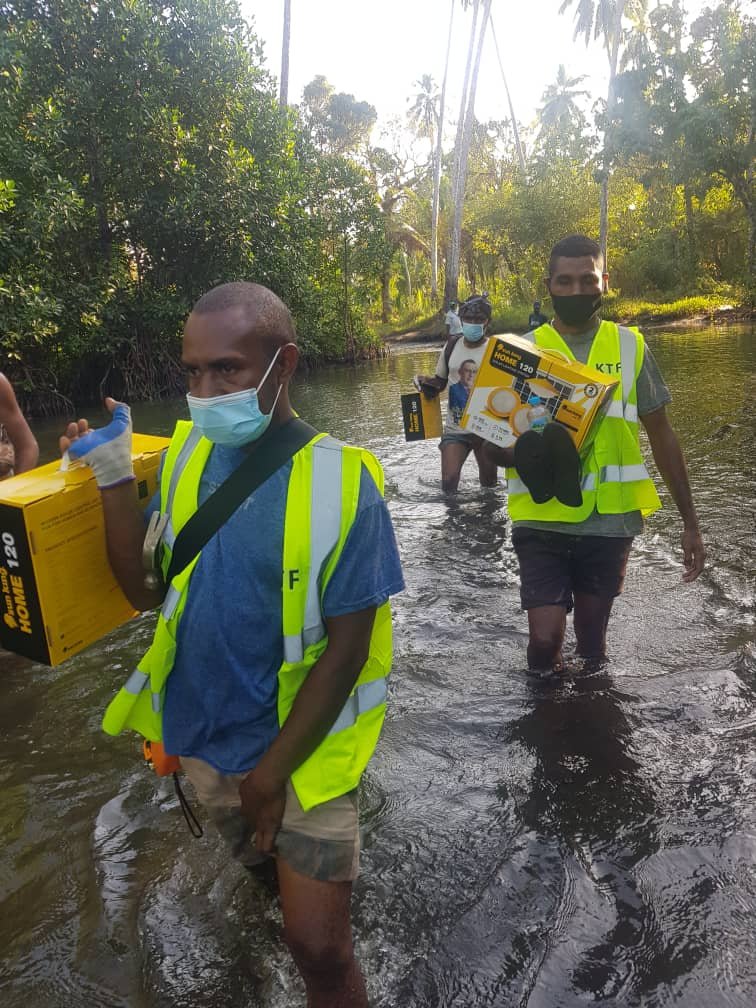
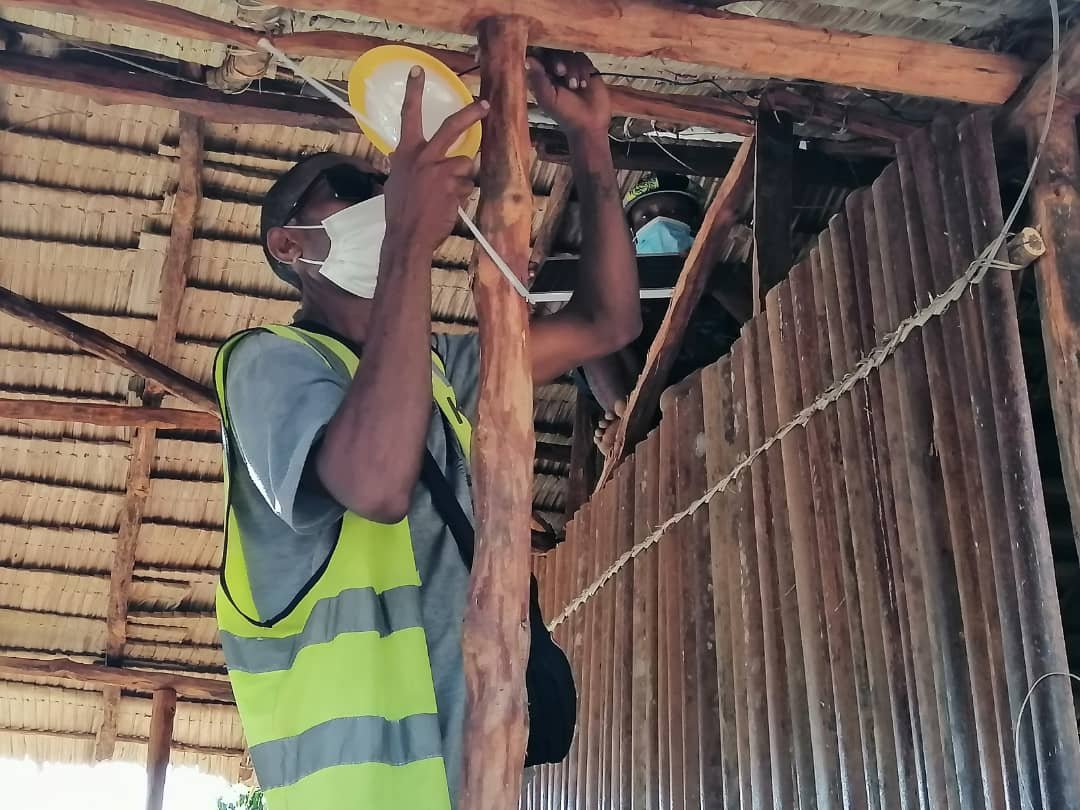

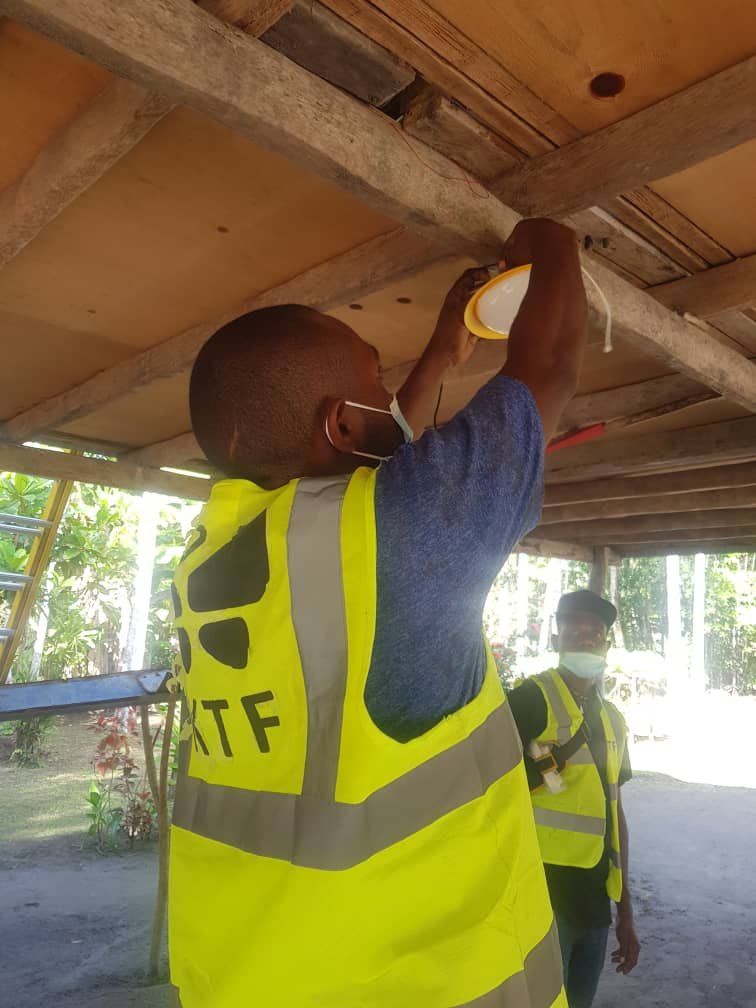
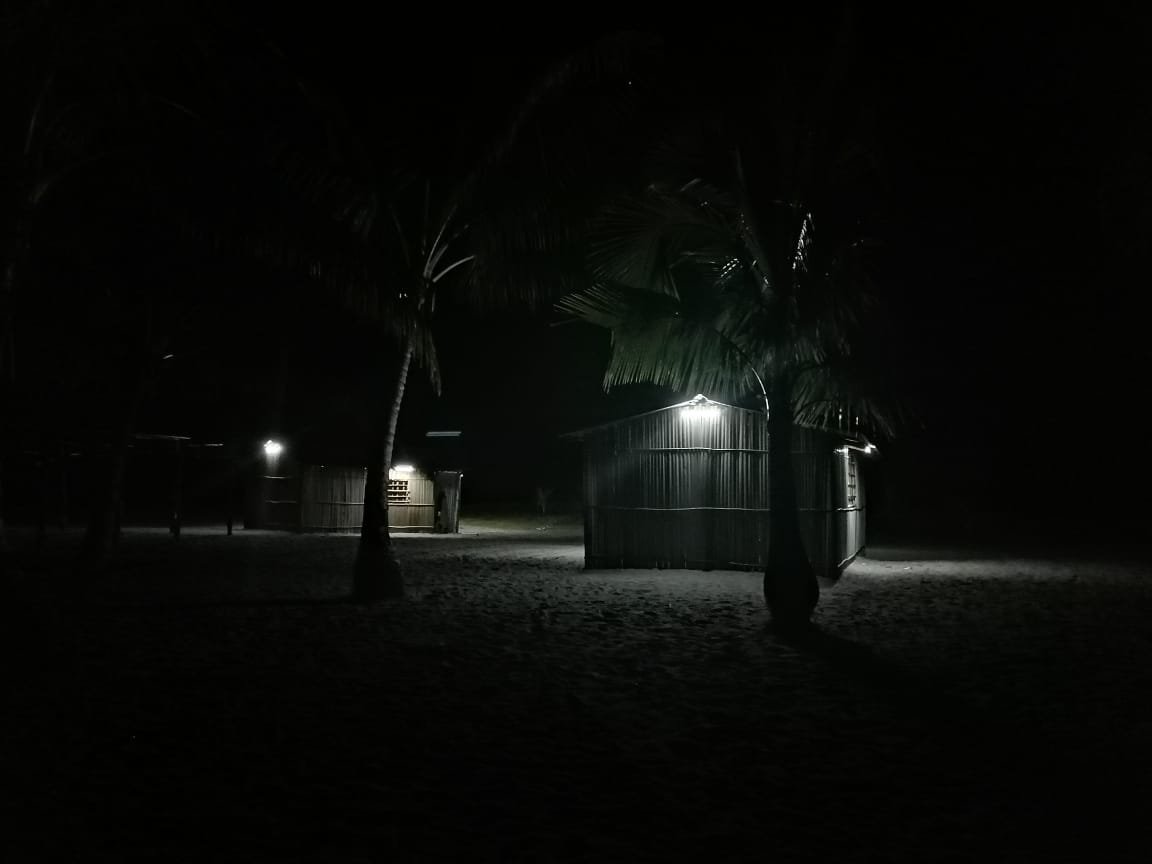
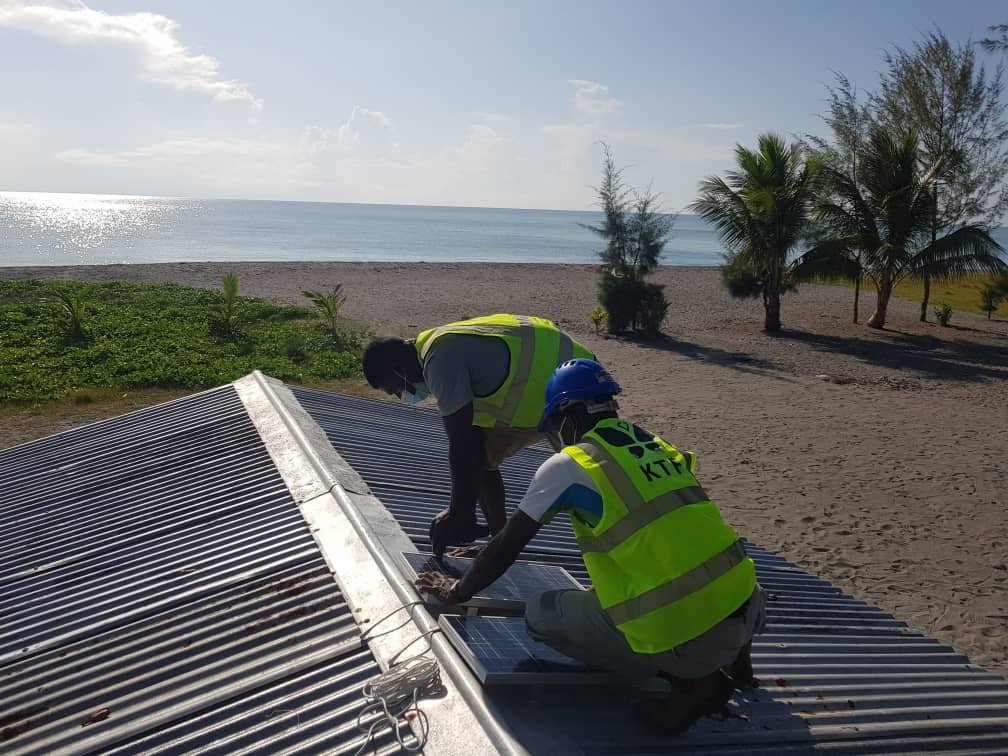

Light for Learning is supported by the PNG-Australia Partnership through the Pawarim Komuniti Off-grid Electrification Program , the Puma Energy Foundation, Little Hearts Learning and the Schneider Electric Pacific Fund, a sub-fund of Australian Communities Foundation. An expansion of Light for Learning in the Balimo and Morehead catchment regions and Lake Murray Solar in Western Province is a PNG Sustainable Development Program Ltd. initiative delivered in partnership with KTF.















